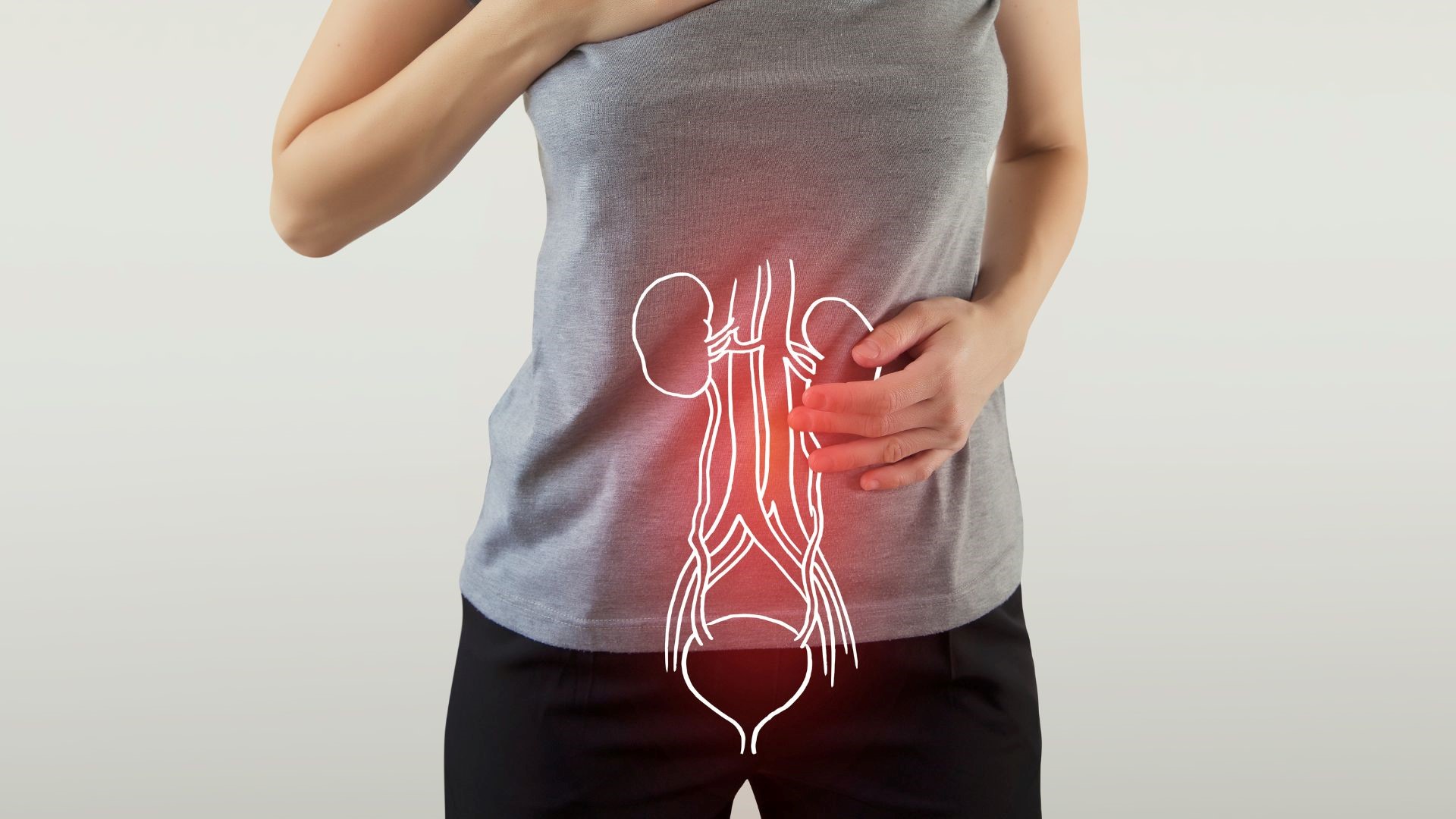
The bladder, a hollow muscular organ located in the lower abdomen, plays a crucial role in storing and expelling urine from the body. However, like any other part of our anatomy, it can be susceptible to various diseases and conditions that can affect its function and overall health. In this comprehensive exploration, we will discuss five bladder diseases you should be aware of, along with their symptoms, causes, and treatments. By the end of this article, you will have a deeper understanding of these conditions and how to identify them.
Cystitis
Cystitis is a term used to describe inflammation of the bladder. The most common cause of cystitis is a bacterial infection, which is referred to as bacterial cystitis and is a type of urinary tract infection (UTI). This condition can be incredibly uncomfortable, causing symptoms such as frequent urination, a burning sensation when urinating, blood in the urine, and lower abdominal pain. It’s important to note that not all cases of cystitis are due to bacteria; some can result from non-infectious factors such as irritants or certain medications.
Treatment for bacterial cystitis typically involves a course of antibiotics prescribed by a healthcare provider. It is essential to complete the full course of antibiotics even if symptoms improve before the medication is finished to prevent recurrence. (Cleveland Clinic)
Bladder Cancer
Bladder cancer is a serious and potentially life-threatening condition that occurs when abnormal cells in the bladder grow uncontrollably. There are several types of bladder cancer, with the most common being urothelial carcinoma, which originates in the lining of the bladder. This disease can manifest in various forms and stages, making early detection crucial for effective treatment. Common symptoms of bladder cancer include blood in the urine (hematuria), frequent urination, pain during urination, and lower back pain. It’s worth noting that some individuals with bladder cancer may not experience any symptoms until the disease reaches an advanced stage. Risk factors for bladder cancer include smoking, exposure to certain chemicals, and a family history of the disease.
Treatment options for bladder cancer depend on the stage and type of cancer and may include surgery, radiation therapy, chemotherapy, immunotherapy, or a combination of these treatments. Regular follow-up with a healthcare provider is essential for monitoring the disease’s progression and recurrence. (Healthline)
Interstitial Cystitis (IC) / Painful Bladder Syndrome (PBS)
Interstitial cystitis (IC), also known as painful bladder syndrome (PBS), is a chronic and often perplexing condition characterized by bladder pain and discomfort. Unlike bacterial cystitis, IC/PBS does not result from infections, but its exact cause remains unclear. This condition can be challenging to diagnose and manage, as it often presents with vague symptoms, including persistent need to urinate, even when the bladder is not full, pelvic pain or pressure, pain during sexual intercourse.
IC/PBS can significantly impact an individual’s quality of life, and it often requires a multidisciplinary approach to management. Treatment may involve lifestyle modifications, dietary changes, medications to alleviate symptoms, and various therapies tailored to the individual’s specific symptoms. (National Institute of Diabetes and Digestive and Kidney Diseases)
Bladder Stones
Bladder stones are hard, mineralized deposits that form in the bladder. These stones can develop when minerals in concentrated urine crystallize and clump together. While small bladder stones may not cause noticeable symptoms, larger stones can lead to discomfort and complications. Common symptoms of bladder stones include frequent urination, lower abdominal pain, difficulty urinating, with a weak or interrupted flow, blood in the urine.
If you suspect you have bladder stones, it’s essential to consult a healthcare provider. They may recommend treatments such as medications to dissolve the stones, dietary modifications to prevent stone formation, or surgical removal for larger stones. (Mayo Clinic)
Overactive Bladder (OAB)
Overactive bladder, also known as OAB, is a common condition characterized by a sudden and involuntary urge to urinate. This urge can be challenging to control, leading to urinary urgency, frequent urination, and sometimes leakage of urine (urgency incontinence). OAB can significantly impact a person’s quality of life, as it can interfere with daily activities and social interactions. While the exact cause of OAB is not always clear, several factors can contribute to its development, including age-related changes in bladder function, neurological conditions, urinary tract infections, bladder abnormalities, and medications.
Treatment options for OAB aim to improve symptoms and may include behavioral therapies, such as bladder training and pelvic floor exercises, medications to relax the bladder muscles, and, in some cases, nerve stimulation techniques. (Mayo Clinic)
Understanding bladder diseases and their associated symptoms is essential for early diagnosis and effective management. If you or someone you know experiences any of the symptoms mentioned above, it is crucial to consult a healthcare professional for a proper evaluation and treatment plan.
When is Bladder Disease a Medical Emergency
Bladder disease can become a medical emergency in certain situations. If an individual with a bladder condition starts experiencing severe abdominal or flank pain, inability to urinate (despite a strong urge), noticeable blood in the urine, high fever, chills, or signs of sepsis, they should seek medical attention immediately. Such symptoms could be indicative of a severe bladder infection, obstruction, bladder rupture, or other acute complications. Early detection and intervention are crucial to prevent potential life-threatening outcomes and to safeguard overall kidney and urinary tract health.
Works Cited
“Acute Cystitis.” Cleveland Clinic, https://my.clevelandclinic.org/health/diseases/24450-acute-cystitis.
“Bladder Cancer.” Healthline, https://www.healthline.com/health/bladder-cancer.
“Interstitial Cystitis (IC) / Painful Bladder Syndrome (PBS).” National Institute of Diabetes and Digestive and Kidney Diseases, https://www.niddk.nih.gov/health-information/urologic-diseases/interstitial-cystitis-painful-bladder-syndrome.
“Bladder Stones.” Mayo Clinic, https://www.mayoclinic.org/diseases-conditions/bladder-stones/symptoms-causes/syc-20354339.
“Overactive Bladder (OAB).” Mayo Clinic, https://www.mayoclinic.org/diseases-conditions/overactive-bladder/symptoms-causes/syc-20355715#:~:text=Overactive%20bladder%2C%20also%20called%20OAB,of%20urine%20(urgency%20incontinence).
